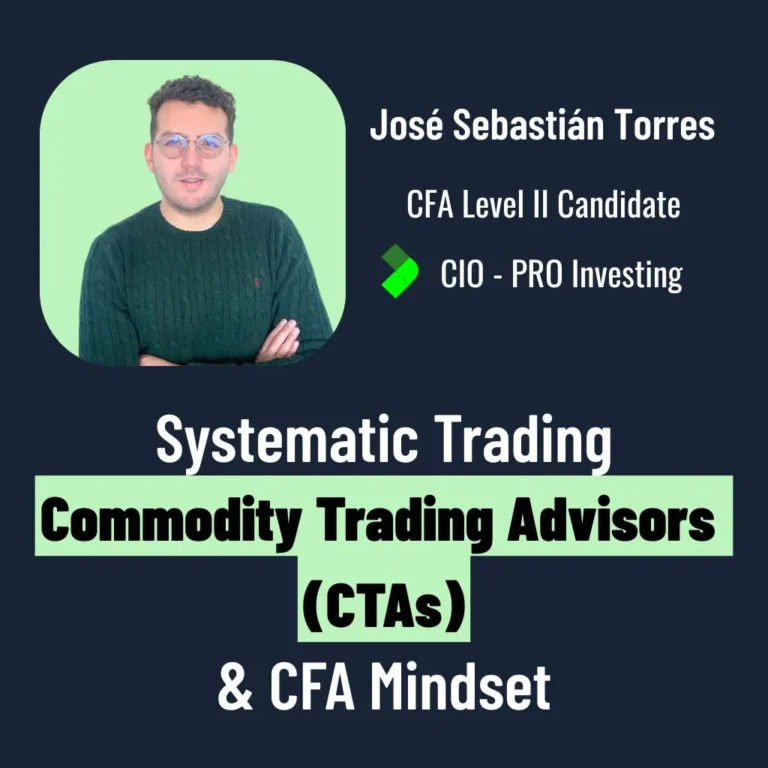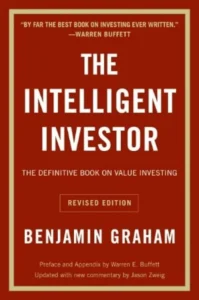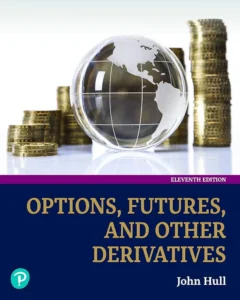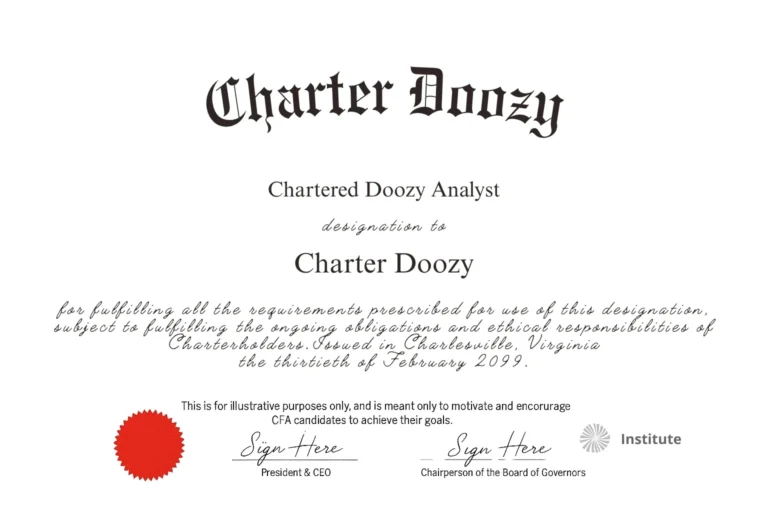Sebastián Torres García, a CFA Level II candidate and registered Commodity Trading Advisor (CTA), is on a mission to bring cutting-edge quant models and disciplined risk management to a broader base of investors. From his base in Vancouver, Sebastián manages PRO Investing, an AI-powered CTA focused on swing-trading futures with a philosophy rooted in both technical precision and market resilience.
I caught up with him to explore his professional journey, the inner workings of his trading systems, and why he believes the CFA Program remains essential – even in the age of machine learning and algorithmic execution.
A Day in the Life of a Commodity Trading Advisor (CTA)
Sebastián’s days revolve around data, signals, and market closes. “We’re typically executing at or just after the market close,” he explains. “That’s when our models generate new signals for the coming few days, usually based on 8 to 15-day holding periods. It’s not intraday. It’s not noise. It’s structure.”
Working primarily in futures markets across indices, commodities, currencies, and even crypto, Sebastián describes his approach as fully systematic. “We’re not just using momentum,” he clarifies. “We have multiple layers—supply/demand dynamics, volatility clustering, expected shortfall calculations—all feeding into each trade.”
From Internship to Independent CTA
Sebastián’s journey began with a childhood fascination with financial markets, deepened by academic study, and refined through years of experience at StoneX, one of the world’s largest broker-dealers. “I started there as an intern, moved into risk consulting, and eventually worked in quantitative risk,” he says.
That exposure to futures, options, and quantitative finance eventually gave Sebastián the confidence to launch his own CTA. “Once I felt I had the right tools to deliver sustainable returns and manage risk appropriately, PRO Investing was born.”
Inside the PRO Investing Strategy
PRO Investing trades 14 global futures markets, including:
Equity indices (S&P 500, Nasdaq 100, Russell 2000)
Commodities (soybeans, corn, copper, gold)
Currencies (CAD, USD)
Crypto (Bitcoin futures)
“We avoid day trading,” Sebastián says firmly. “Too much noise. Our average trade holds for 8 to 15 days. Most of our edge comes from spread setups rather than outright directional bets – like being long copper and short gold, or short S&P while hedging with Nasdaq.”
Risk management is layered into the system:
Volatility-Based Stop Losses and Take Profits – using historical vol windows (60, 90, 250+ days).
Portfolio-Level Constraints – applying expected shortfall metrics to size positions and control drawdowns.
Execution Discipline – trades are executed mechanically at close, with full transparency and pre-set limits.
So far, the system has delivered a 24% annualized return over the past 2.5 years.
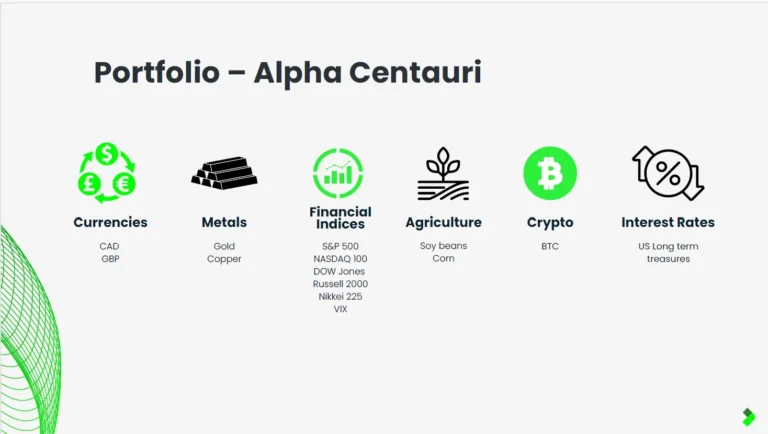
Building a Trading System: From Idea to Execution
What does it take to build something like this?
“We start with mathematical ideas,” Sebastián explains. “You test them, link them to market behavior, and then run long-term backtests – through major stress periods like the 2008 financial crisis or COVID.”
From there, it’s about refining the idea, committing capital, and proving it live. “After a year or two of consistent performance, you can start onboarding external clients.”
When asked whether money follows performance, Sebastián is candid: “At the beginning, no – it’s hard. You have to earn trust, show discipline, and build your brand. But once you prove your edge and show real risk-adjusted returns, the money follows.”
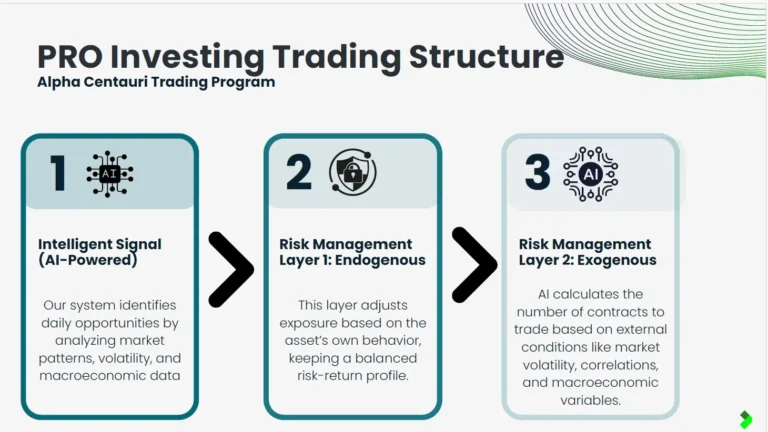
The CFA Program: Still Worth It?
As a CFA Level II candidate, Sebastián is enthusiastic about the curriculum’s relevance.
“It gives you a complete framework,” he says. “Every area—quant, equity, fixed income, derivatives, alternative investments—is there. Even if you specialize later, the CFA gives you the base you need.”
He sees the designation not just as a knowledge booster, but as a mark of professionalism. “When you’re building a firm, that credibility matters. It signals you’re serious.”
His favorite topic? Macroeconomics. “Even though I’m fully systematic, I’ve always enjoyed macro – understanding how global dynamics affect pricing.”
Advice for Aspiring CTA Professionals
What would Sebastián recommend to a young person aiming to break into the CTA space?
Learn Python.
“It’s the language of quant finance today. It’s intuitive, open-source, and gets the job done.”Intern in Derivatives.
“Try to intern at a broker-dealer or firm where you’ll get real exposure to futures and options.”Understand Risk.
“Most people obsess over returns. But 60% of successful trading is risk management.”Stay Curious.
“Work at multiple firms if you can – every CTA has a different philosophy. You’ll learn more by seeing different systems in action.”
The Middle Path: Why Swing Trading Works
Many quants fall into two camps: ultra-fast day traders or long-horizon macro allocators. Sebastián believes the sweet spot is in the middle.
“We trade between 8–15 days,” he says. “That’s where we’ve found stability, low correlation, and strong returns.”
His backtesting philosophy reflects this: “You want to see consistent growth – not perfection. A clean 40-degree upward slope with natural ups and downs. If it looks too good, it’s probably overfitting.”
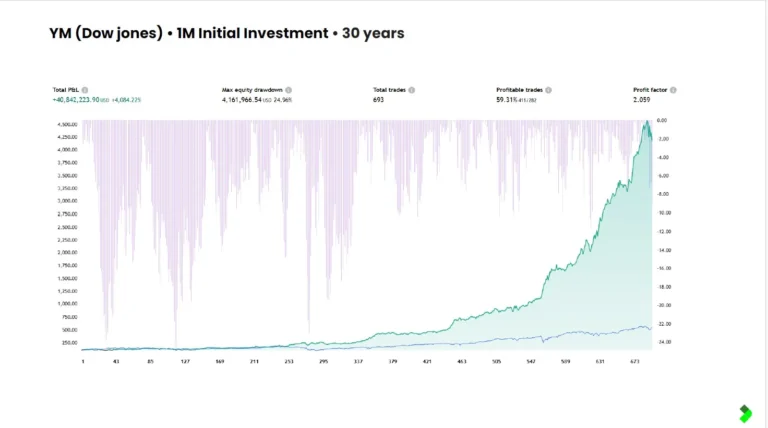
Rapid Fire with Sebastián
CFA Topic You Secretly Love: Macroeconomics
Favorite Metric for Clients: Risk metrics — “That’s what they care about most.”
Books That Shaped You:
The Intelligent Investor — “For long-term thinking.”
Options, Futures, and Other Derivatives — “The definitive guide to derivatives markets, updated with contemporary examples and discussions.”
Overlooked Backtesting Rule: “Always test critical dates like 2008 or COVID. If your model breaks there, it’s not robust.”
If Not Finance: “I’d be a doctor or lawyer. I love the logic in law and the precision in surgery.”
Final Thoughts
Sebastián Torres García is part of a new wave of finance professionals – quantitatively rigorous, technically fluent, and grounded in a deep understanding of markets, risk, and human psychology. As he continues to grow PRO Investing, his blend of CFA-informed discipline and CTA innovation offers a compelling blueprint for the future.
Background, Links and Related Info

Connect and follow José Sebastián Torres García on LinkedIn
Or book a call with him here.
CTA SERIES 3 | NFA MEMBER ID: 0553345
- Specialization in Entrepreneurial Finance – Duke University
- Specialization in Data Analytics for Finance – Universidad de los Andes
- CEO of PRO Investing
- Risk Management Consultant at StoneX Group Inc. (Handled average monthly hedges of $3.7 million)
- Seven years of experience in equity investing in both domestic and international markets
- Specialist in technical analysis and Japanese candlestick patterns
- Former Director of Capital Markets at the Finance & Investment Club, Universidad de los Andes
- Four years of experience teaching the BMC – Bloomberg Market Concepts certification at Universidad de los Andes

Visit the PRO Investing website.
What Is a CTA?
A CTA is a U.S.-regulated financial advisor who specializes in active trading strategies using instruments like futures, options on futures, forex, and swaps.
They are regulated by the Commodity Futures Trading Commission (CFTC) and registered with the National Futures Association (NFA), ensuring full transparency, oversight, and investor protection.
Why Invest with a CTA?
✅ Professional Management
Gain access to strategies used by institutional investors—now available to you.
✅ Global Diversification
Protect your portfolio by spreading risk across sectors, countries, and asset classes.
✅ Advanced Market Access
Trade in futures, options, and derivatives with expert execution.
✅ Regulated and Transparent
Supervised by the CFTC and NFA. Includes risk disclosures, annual audits, and investor reporting.
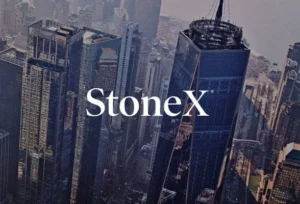
StoneX is a global financial services firm that connects clients to the world’s major financial markets across asset classes. It provides institutional-grade execution, clearing, and advisory services in commodities, equities, fixed income, foreign exchange, and derivatives. With a strong focus on risk management and market access, StoneX serves corporations, institutions, hedge funds, and individual traders in over 180 countries.
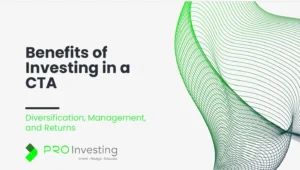
Download Information Brochure Here
Benefits of Investing in a CTA
This brochure from PRO Investing outlines the benefits of investing with a CTA, highlighting AI-driven strategies, professional risk management, and access to global futures markets. It introduces the Alpha Centauri program and emphasizes diversification, transparency, and strong regulatory oversight under the CFTC and NFA.
| Category | Instrument | Futures Name | Ticker Symbol |
|---|---|---|---|
| Currencies | EUR/USD | Euro FX Futures | 6E |
| GBP/USD | British Pound Futures | 6B | |
| JPY/USD | Japanese Yen Futures | 6J | |
| AUD/USD | Australian Dollar Futures | 6A | |
| CAD/USD | Canadian Dollar Futures | 6C | |
| CHF/USD | Swiss Franc Futures | 6S | |
| Equity Indices | S&P 500 | E-mini S&P 500 Futures | ES |
| Nasdaq-100 | E-mini Nasdaq-100 Futures | NQ | |
| Dow Jones | E-mini Dow ($5) Futures | YM | |
| Russell 2000 | E-mini Russell 2000 Futures | RTY | |
| Nikkei 225 | Nikkei 225 (CME) Futures | NKD | |
| VIX | CBOE Volatility Index Futures | VX | |
| Bonds | US 10-Year | 10-Year T-Note Futures | ZN |
| US 30-Year | 30-Year Treasury Bond Futures | ZB | |
| US 2-Year | 2-Year T-Note Futures | ZT | |
| Crypto | Bitcoin | CME Bitcoin Futures | BTC |
| Ether | CME Ether Futures | ETH | |
| Metals | Gold | COMEX Gold Futures | GC |
| Copper | COMEX High-Grade Copper Futures | HG | |
| Silver | COMEX Silver Futures | SI | |
| Agriculture | Corn | CBOT Corn Futures | ZC |
| Soybeans | CBOT Soybean Futures | ZS | |
| Wheat | CBOT Wheat Futures | ZW |
The Intelligent Investor: The Definitive Book on Value Investing. A Book of Practical Counsel
Benjamin Graham (born Benjamin Grossbaum; May 8, 1894 – September 21, 1976) was a British-born American economist and professional investor. Graham is considered the father of value investing, an investment approach he began teaching at Columbia Business School in 1928 and subsequently refined with David Dodd through various editions of their famous book Security Analysis. Graham had many disciples in his lifetime, a number of whom went on to become successful investors themselves. Graham’s most well-known disciples include Warren Buffett, William J. Ruane, Irving Kahn and Walter J. Schloss, among others. Buffett, who credits Graham as grounding him with a sound intellectual investment framework, described him as the second most influential person in his life after his own father. In fact, Graham had such an overwhelming influence on his students that two of them, Buffett and Kahn, named their sons Howard Graham Buffett and Thomas Graham Kahn after him. Graham also taught at the UCLA Anderson School of Management.
—
Options, Futures, and Other Derivatives
The definitive guide to derivatives markets, updated with contemporary examples and discussions
Known as “the bible” to business and economics professionals and a consistent best-seller, Options, Futures, and Other Derivatives gives readers a modern look at derivatives markets. By incorporating the industry’s hottest topics, such as the securitization and credit crisis, author John C. Hull helps bridge the gap between theory and practice. The 10th Edition covers all of the latest regulations and trends, including the Black-Scholes-Merton formulas, overnight indexed swaps, and the valuation of commodity derivatives.
